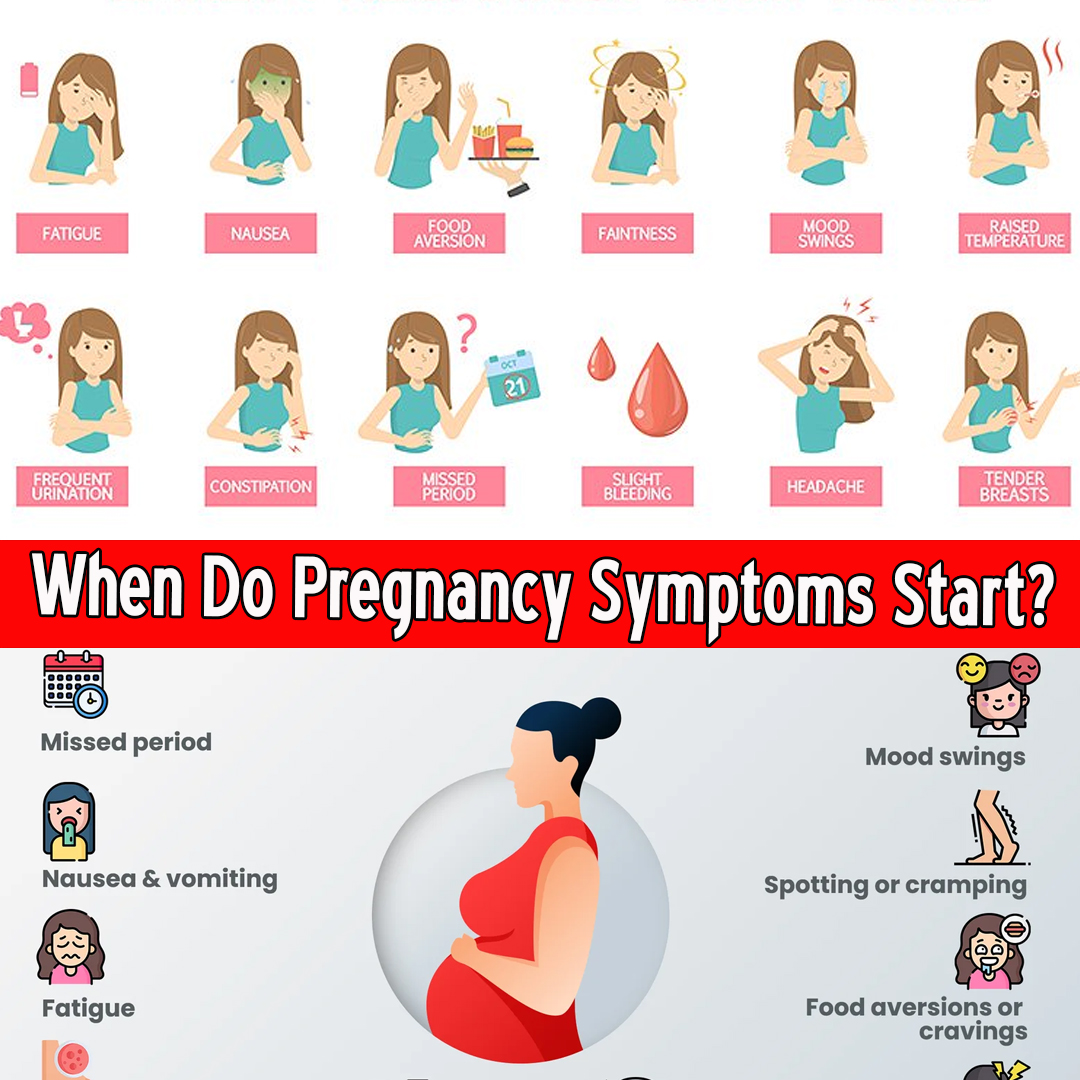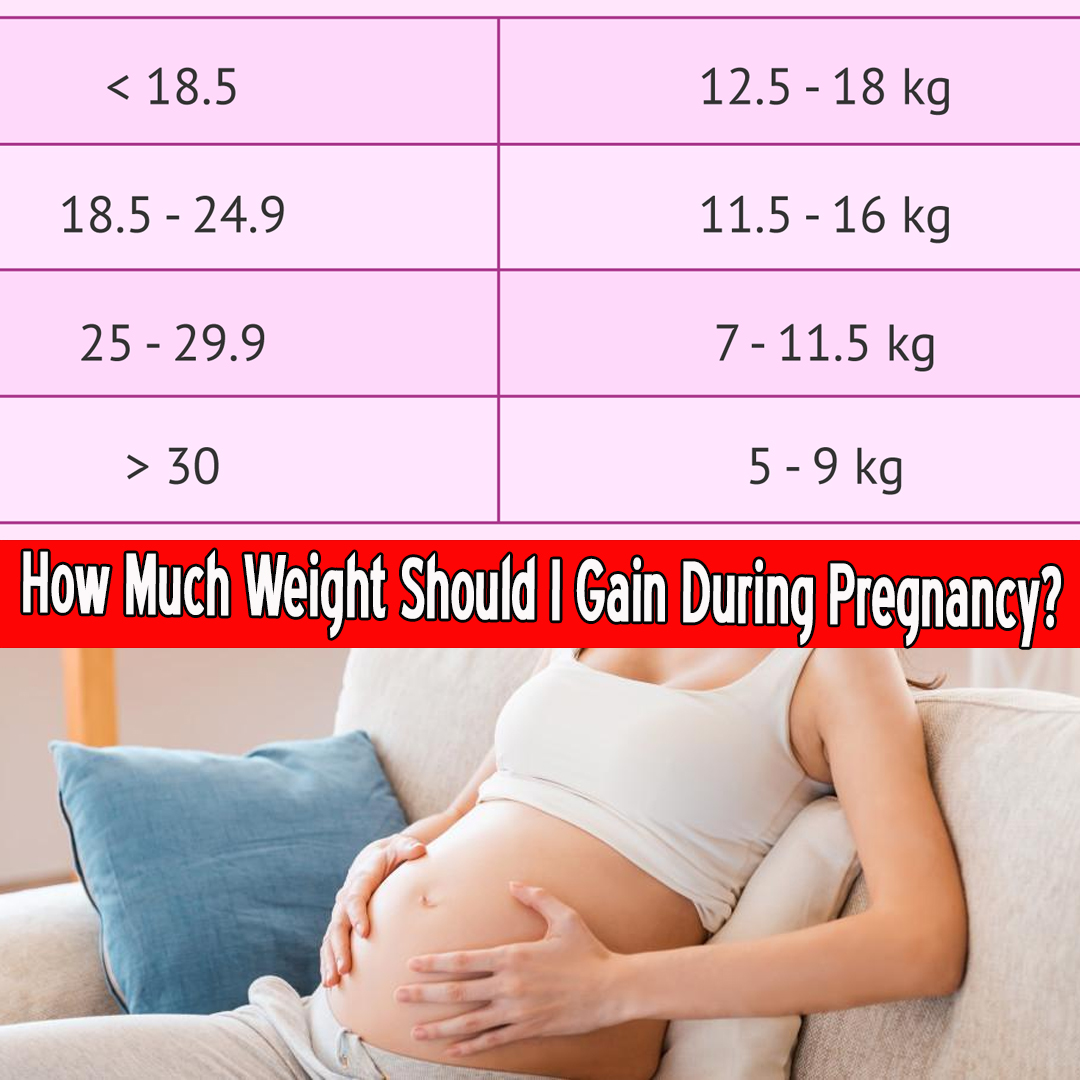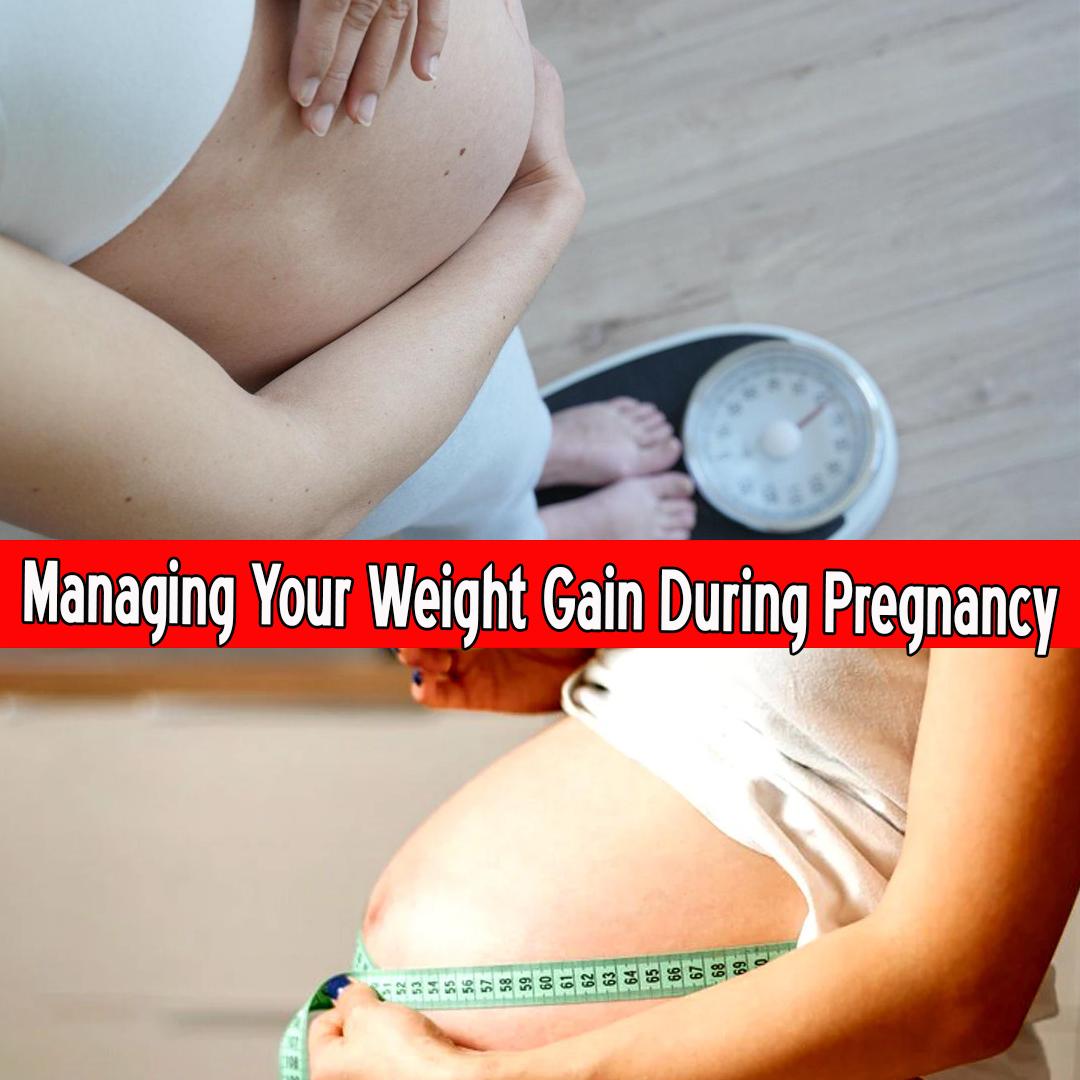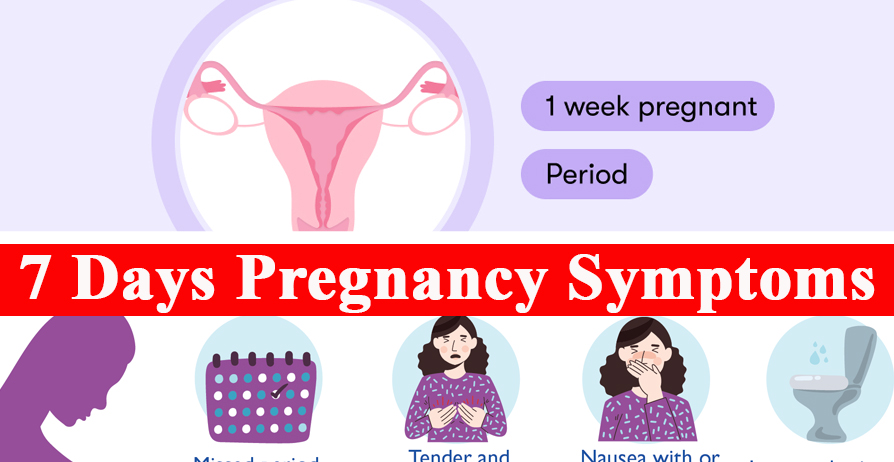Can I Exercise When Pregnant?
Pregnancy is a powerful and transformative experience — physically, emotionally, and mentally. One question many expecting mothers have is:
“Can I exercise when pregnant?”

Can I Exercise When Pregnant?
The short and reassuring answer is: Yes!
In most cases, exercise during pregnancy is not only safe but highly beneficial — for both mother and baby. However, like everything related to pregnancy, the right approach depends on individual circumstances, trimester stage, and doctor’s advice.
This comprehensive essay will guide you through the benefits, precautions, types of recommended exercises, and what to avoid, so you can move confidently through each trimester of your journey.
1. Why Exercise During Pregnancy Matters
Pregnancy can bring fatigue, nausea, backaches, mood swings, and weight gain. Exercise can help ease many of these symptoms.
Benefits for the Mother:
- Reduces back pain
- Eases constipation
- Improves posture and flexibility
- Enhances mood and energy
- Improves sleep
- Helps prevent gestational diabetes
- Lowers risk of preeclampsia
- Promotes healthy weight gain
- Strengthens heart and lungs
- Improves stamina for labor and delivery
Benefits for the Baby:
- Better birth weight
- Improved brain development
- Lower risk of fetal distress
- Enhanced cardiovascular health
2. Is It Safe to Exercise During Pregnancy?
Yes — if your pregnancy is healthy and uncomplicated, most types of moderate exercise are safe.
However, before beginning any fitness program, always consult your obstetrician or midwife.
You may need special precautions or should avoid exercise if you have:
- Heart or lung diseases
- Placenta previa after 26 weeks
- Severe anemia
- Cervical insufficiency
- Preeclampsia or high blood pressure
- Preterm labor history
- Vaginal bleeding
- Multiple gestation with risk of preterm labor
Your doctor may recommend a modified exercise plan or certain restrictions based on these conditions.
3. How Much Exercise is Recommended?
According to the American College of Obstetricians and Gynecologists (ACOG):
- 150 minutes per week of moderate-intensity aerobic activity
- Ideally broken into 30 minutes a day, 5 days a week
If you were active before pregnancy, you can usually continue — with modifications. If you’re new to exercise, it’s perfectly safe to start slow.
| Read more – Is Sex Safe During Pregnancy? |
4. Top 10 Safe and Recommended Pregnancy Exercises
1. Walking
- Great for all trimesters
- Low-impact, boosts circulation and cardiovascular health
- Can be done anywhere
2. Swimming
- Relieves pressure on joints and spine
- Prevents overheating
- Excellent full-body workout
3. Prenatal Yoga
- Improves flexibility, breathing, and balance
- Reduces stress and anxiety
- Prepares you for labor through relaxation techniques
4. Stationary Biking
- Safer than outdoor biking (reduces fall risk)
- Boosts cardiovascular endurance
5. Strength Training (Light Weights)
- Builds muscular strength for labor and delivery
- Supports posture as belly grows
6. Low-Impact Aerobics
- Increases stamina and heart health
- Fun, energizing, and social (in group classes)
7. Kegel Exercises
- Strengthens pelvic floor muscles
- Prevents incontinence and supports vaginal delivery
8. Stretching
- Increases range of motion
- Eases tight muscles and reduces cramping
9. Pilates (Prenatal Programs)
- Focuses on core and pelvic stability
- Enhances posture and balance
10. Dancing (Gentle)
- Elevates mood and cardio health
- Avoid jumping or sudden spins
5. Exercises to Avoid During Pregnancy
Not all forms of exercise are safe while pregnant. Some activities pose risks of injury, overheating, or trauma.
Avoid:
- Contact sports (e.g., kickboxing, soccer)
- High-risk sports (e.g., skiing, horseback riding)
- Scuba diving
- Hot yoga or hot Pilates
- Exercises with risk of falling (e.g., gymnastics)
- Deep abdominal exercises like sit-ups
- Lying flat on your back (after the first trimester)
- Holding your breath or straining excessively
- Heavy weightlifting without guidance
6. Trimester-by-Trimester Exercise Guide
First Trimester (Weeks 1–13):
Focus: Building habit, energy, and avoiding fatigue
- Start with light walking and stretching
- Begin pelvic floor strengthening
- Hydrate well to combat nausea and overheating
- Don’t overexert yourself — listen to your body
Caution: Risk of miscarriage is higher in this trimester, although exercise does NOT cause miscarriage. Still, avoid high-impact movements and overheating.
Second Trimester (Weeks 14–27):
Focus: Increased energy, strength-building, and flexibility
- Best time for yoga, swimming, walking, or gentle aerobics
- Add light strength training for arms, legs, and back
- Focus on posture-improving exercises
- Use props like pillows and resistance bands
Caution: Avoid exercises requiring you to lie flat on your back
Third Trimester (Weeks 28–40):
Focus: Preparation for labor, relaxation, and mobility
- Shorter sessions with more frequent breaks
- Continue walking, yoga, and light strength
- Practice breathing and labor positions
- Maintain pelvic floor exercises
Caution: Your balance may be off, so avoid anything that requires stability or jumping
7. Listening to Your Body
Pregnancy is not the time to push past limits. Know when to stop and consult your doctor.
Stop immediately if you experience:
- Vaginal bleeding
- Dizziness or fainting
- Shortness of breath before exercise
- Chest pain or irregular heartbeat
- Calf swelling or pain (could indicate a clot)
- Headaches
- Uterine contractions
- Leakage of amniotic fluid
- Decreased fetal movement
8. Tips for Safe Prenatal Workouts
- Warm-up and cool down every session
- Stay hydrated
- Wear comfortable clothing and supportive footwear
- Avoid overheating — exercise in cool environments
- Use proper breathing techniques
- Use chairs or walls for balance
- Eat a small snack before exercising to avoid low blood sugar
9. Mental and Emotional Benefits
Exercise not only improves physical health but also:
- Boosts mood by releasing endorphins
- Lowers anxiety and depression
- Enhances self-esteem
- Reduces the feeling of isolation (especially in group classes)
- Creates a positive mindset for labor and parenting
Many women who exercise during pregnancy report feeling more empowered and connected to their bodies.
10. Exercise and Labor Preparation
Certain workouts specifically prepare your body for childbirth:
- Squats: Strengthen thighs, pelvis, and hips
- Kegels: Support bladder and birth canal
- Pelvic Tilts: Eases back pain and promotes good fetal positioning
- Cat-Cow Stretch (Yoga): Improves spine alignment and reduces pelvic pressure
- Deep breathing: Helps during contractions and pain management
These exercises can shorten labor duration, reduce the need for interventions, and promote faster postpartum recovery.
11. Post-Workout Recovery During Pregnancy
After each workout:
- Cool down slowly to prevent dizziness
- Rehydrate thoroughly
- Take a shower or apply a cold compress if overheated
- Eat a protein-rich snack to refuel
- Rest with legs elevated to reduce swelling
12. Common Myths About Exercise in Pregnancy
| Myth | Fact |
|---|---|
| Exercise can cause miscarriage | There’s no evidence that moderate exercise causes miscarriage |
| You must avoid all abdominal workouts | Core engagement (with modifications) is important |
| Exercise will harm the baby | In a healthy pregnancy, it benefits both mother and baby |
| If you didn’t exercise before pregnancy, it’s unsafe to start | Starting slowly is safe and encouraged under guidance |
| Pregnant women should only rest | Total inactivity increases risk of complications like gestational diabetes |
13. Postpartum Benefits of Prenatal Exercise
Women who exercised during pregnancy often experience:
- Easier labor and delivery
- Reduced risk of postpartum depression
- Faster weight loss postpartum
- Quicker recovery of strength and stamina
- Improved sleep quality
- Better bonding with the baby
14. Exercise and Special Cases (Twins, IVF, Bedrest)
If you’re carrying twins, conceived through IVF, or are on partial bedrest:
- Exercise may still be safe but needs custom guidance
- Avoid high-impact and strenuous activities
- Focus on stretching, breathing, and pelvic floor strengthening
- Always follow your OB-GYN’s advice
15. Conclusion: Empowered Pregnancy Through Movement
Exercise during pregnancy is not a luxury — it’s a powerful tool that supports the physical and emotional well-being of both mother and baby. From walking and yoga to swimming and strength training, movement keeps your body strong, your mind centered, and your baby healthy.
The key is to stay safe, listen to your body, and adapt your routine as your pregnancy progresses. With your doctor’s green light and some prenatal-friendly routines, you can look forward to a fit, happy, and empowered pregnancy.















Leave a Reply